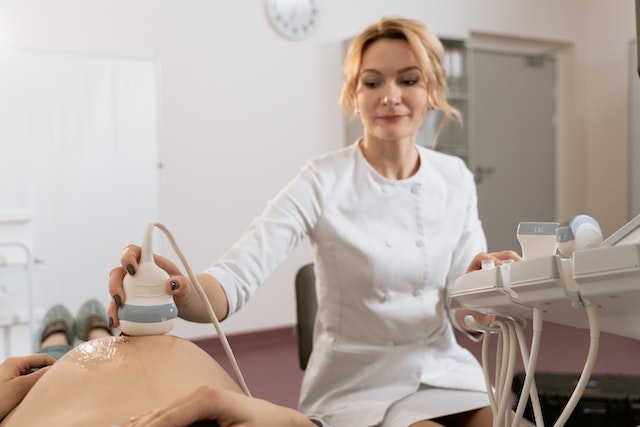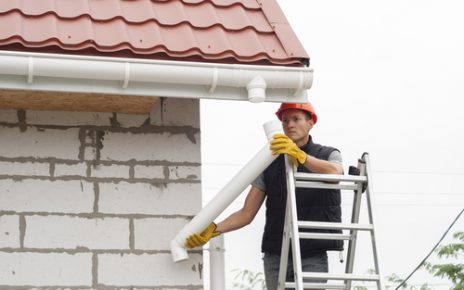Bringing a new life into the world is a momentous occasion, and midwives play an important role in ensuring safe and healthy childbirth experiences. One key aspect of midwifery is the use of sterile techniques to safeguard the health of both the mother and the baby. In Australia, midwives adhere to strict guidelines and practices to maintain a sterile environment during deliveries. This article will explore the essential midwifery supplies and practices that midwives use to achieve safe deliveries, including the use of birth pools, birthing balls and birth stools.
Sterile Techniques in Midwifery: What You Need to Know
Q: What are sterile techniques in midwifery?
 A: Sterile techniques in midwifery refer to a set of practices and supplies used to prevent the introduction of harmful microorganisms during childbirth. This is essential to minimise the risk of infections and complications for both the mother and the newborn.
A: Sterile techniques in midwifery refer to a set of practices and supplies used to prevent the introduction of harmful microorganisms during childbirth. This is essential to minimise the risk of infections and complications for both the mother and the newborn.
Q: Why are sterile techniques important in midwifery?
A: Sterile techniques are vital because they help reduce the risk of infections that can be harmful to the mother and baby. Infections can lead to complications and midwives aim to provide a safe and hygienic environment for childbirth.
Essential Supplies for Sterile Techniques in Midwifery
Gloves: One of the fundamental supplies for maintaining sterility during childbirth is wearing sterile gloves. Midwives use these gloves to minimise the risk of contamination when they provide care to the mother and baby.
Sterile Gowns and Drapes: Sterile gowns and drapes create a barrier between the midwife and the birthing environment. They help ensure that no contaminants come into contact with the mother or baby during the delivery process.
Sterile Instruments: Midwives use a variety of sterile instruments to monitor the progress of labor and to provide necessary care during childbirth. These instruments include scissors, forceps, and clamps.
Antiseptic Solutions: Antiseptic solutions are used to clean the mother’s skin before any invasive procedures, such as episiotomies. This helps prevent infections by reducing the number of bacteria on the skin.
Birth Pool: A birth pool is a specially designed tub for water births. It allows the mother to labor and give birth in warm water, providing comfort and relaxation during the process. Birth pools are thoroughly cleaned and disinfected before each use to ensure a sterile environment.
Birthing Ball: A birthing ball is a large, inflatable exercise ball that can aid in labor by promoting movement and comfort. These balls are cleaned and sanitised regularly to maintain sterility.
Birth Stool: A birth stool is a low, stool-like seat that provides a comfortable and supportive position for the mother during labor and delivery. Like other equipment, birth stools are cleaned and sanitised to prevent contamination.
Practices for Safe Deliveries
Hand Hygiene: Midwives always start with thorough handwashing using soap and water or alcohol-based hand sanitiser. Clean hands are essential to prevent the transfer of germs.
Sterile Technique Adherence: Midwives are trained to follow sterile techniques rigorously. This includes maintaining aseptic conditions during procedures and using sterile supplies.
Regular Cleaning: Birth pools, birthing balls, and birth stools are cleaned and disinfected between uses to ensure they remain sterile. This involves thorough cleaning with approved disinfectants.
Proper Storage: Sterile supplies are stored in a way that prevents contamination. They are often kept in sealed containers or wrappers until they are needed.
Environmental Hygiene: The birthing environment is kept clean and free of potential contaminants. Regular cleaning and disinfection of surfaces, such as countertops and bed linens, are essential.
In Australia, midwives are dedicated to upholding the highest standards of sterile techniques to provide safe and hygienic deliveries. The use of birth pools, birthing balls, and birth stools adds versatility and comfort to the birthing process while still adhering to strict sterile practices.
Overall, sterile techniques in midwifery are a vital aspect of ensuring the safety and well-being of both mothers and babies during childbirth. The use of sterile supplies and adherence to rigorous practices help midwives create a clean and hygienic environment for this momentous occasion.
FAQs
Q: Is a water birth safe in a birth pool?
A: Yes, water births in a birth pool can be safe when proper sterile techniques are followed. The birth pool is thoroughly cleaned and disinfected before use to maintain a sterile environment.
Q: What are the benefits of using a birthing ball during labor?
A: Birthing balls can provide comfort and support during labor by promoting movement and helping to relieve discomfort. They are cleaned and sanitised to ensure they are safe for use.
Q: How does a birth stool assist in childbirth?
A: A birth stool provides a comfortable and supportive position for the mother during labor and delivery. It can make the process more manageable and is cleaned and sanitised to maintain sterility.
Sterile Techniques in Midwifery: Supplies and Practices for Safe Deliveries,


